Deep down we’ve probably known it all along, but like magpies mesmerised by a sweetie wrapper we have been hopelessly distracted by their sparkle and ignored the bigger picture.
The sad fact is that sequins are not great for the environment.
Not only are they usually made from plastics, but around a third of the material is wasted when the hole is punched through the middle, according to the think tank Fashion Roundtable.
They can take thousands of years to decompose and when they are washed, they release microplastics into freshwater streams, says Fashion Roundtable, an organisation “dedicated to reimagining a responsible, inclusive and sustainable industry”.
Traditionally, sequins are a festive season material, and so they are likely to be worn once and then shoved to the back of the wardrobe. This makes the waste and the environmental impact all the more heart-breaking.
Oxfam reported in 2019 that 1.7 million sequined items would end up in landfill after Christmas, despite having been worn an average of just five times – and urged people to buy second-hand.
If we are to look for a positive in all this it’s that awareness of sustainability issues in the fashion industry increases with every passing season.
As with fur, leather, and silk, consumers can now go armed with the facts and think differently about how they shop, recycle and care for their garments.
It’s about choosing wisely and treasuring an item so it lasts a lifetime or perhaps using a clothing rental service such as Hirestreet.
Meanwhile, manufacturers are now seeking out recycled or biodegradable sequins.
Rachel Clowes, founder of The Sustainable Sequin Company said: “Sequins are mainly made from non-biodegradable synthetic plastics, which cause huge environmental and health issues during manufacture, use and disposal. It’s time to reconsider the choice of material for sequins.
“It simply doesn’t make sense to use long- lasting synthetic plastic to decorate a garment which may only be worn for a few hours.”

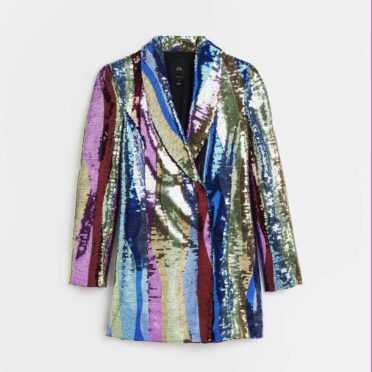

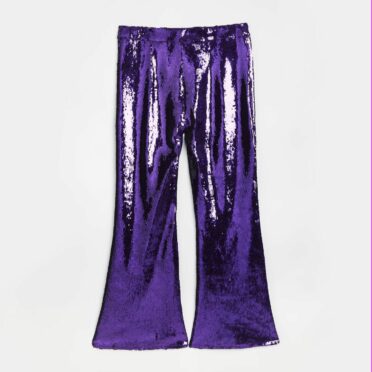
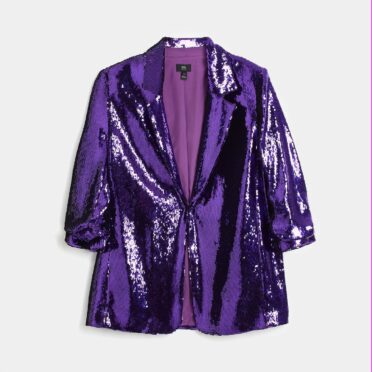

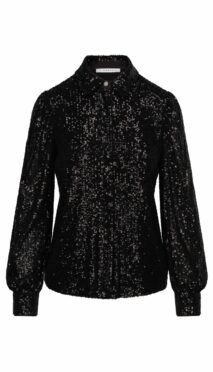


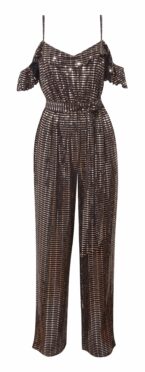
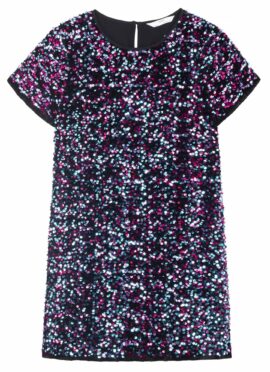
Conversation